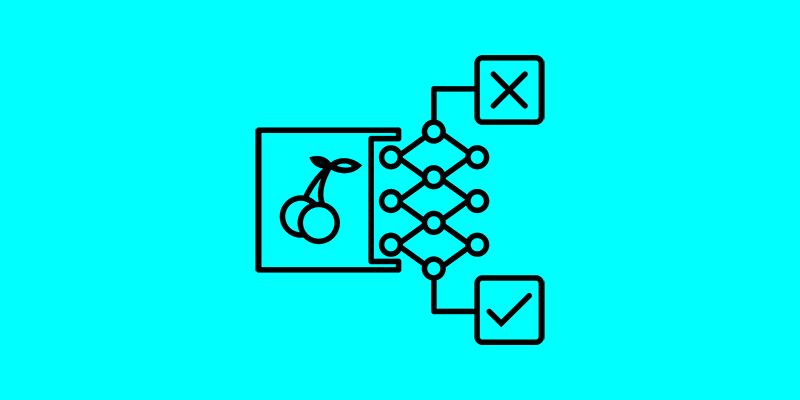Day 1: Building an Image Classifier
Welcome to Day 1 of our journey into building an image classifier! In today’s blog post, we’ll lay the foundation by introducing the concept of image classification and exploring the fundamental building blocks of computer vision. Whether you’re new to the world of artificial intelligence or looking to expand your knowledge, this post will serve as an insightful starting point.
What is Image Classification?
Image classification is a task in computer vision where an algorithm categorizes an image into predefined classes or labels based on its visual content. This technique enables machines to understand and interpret the contents of images, making it a crucial component of various applications, including object detection, facial recognition, medical imaging, and autonomous vehicles.
Understanding Convolutional Neural Networks (CNNs)
At the heart of image classification lies convolutional neural networks (CNNs), a specialized type of artificial neural network inspired by the visual cortex of the human brain. CNNs are designed to automatically and adaptively learn hierarchical representations of images, allowing them to capture intricate patterns and features essential for classification tasks.
Example Code: Implementing a Simple CNN
Let’s dive into some example code to illustrate the basic structure of a convolutional neural network using Python and TensorFlow:
import tensorflow as tf
from tensorflow.keras import layers, models
# Define the CNN architecture
model = models.Sequential([
layers.Conv2D(32, (3, 3), activation='relu', input_shape=(28, 28, 1)),
layers.MaxPooling2D((2, 2)),
layers.Conv2D(64, (3, 3), activation='relu'),
layers.MaxPooling2D((2, 2)),
layers.Conv2D(64, (3, 3), activation='relu')
])
# Add dense layers for classification
model.add(layers.Flatten())
model.add(layers.Dense(64, activation='relu'))
model.add(layers.Dense(10, activation='softmax'))
# Compile the model
model.compile(optimizer='adam',
loss='sparse_categorical_crossentropy',
metrics=['accuracy'])
# Print model summary
model.summary()In this code snippet, we define a simple CNN architecture using TensorFlow’s Keras API. The model consists of convolutional layers followed by max-pooling layers for feature extraction and downsampling. Subsequently, dense layers are added for classification, and the model is compiled with appropriate loss and optimization functions.
Conclusion
In today’s blog post, we’ve embarked on our journey into the fascinating world of image classification. By understanding the basic concepts and components of computer vision, including convolutional neural networks, we’ve laid the groundwork for building our image classifier.
In the next blog post, we’ll dive deeper into the mechanics of CNNs and explore techniques for training and optimizing our image classification model. Stay tuned for more exciting insights and hands-on examples!
If you have any questions or thoughts, feel free to share them in the comments section below. Don’t forget to subscribe to our blog for updates on upcoming posts and tutorials.
Happy coding!
